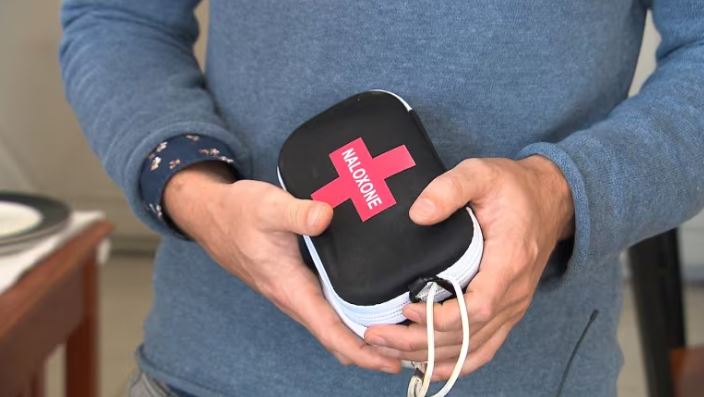Canada News
Type of fentanyl analogue identified in N.W.T. for the first time

In light of a new fentanyl anlogue being identified for the first time in drugs seized in the N.W.T., the territory’s Chief Public Health Officer is reminding residents that naloxone can reverse an opioid overdose, and kits are available at hospitals, pharmacies and health centres. (CBC)
By RCI, CBC News
Para-fluorofentanyl, a highly potent and dangerous ingredient, has been identified in illicit drugs in the Northwest Territories for the first time, according to the territory’s chief public health officer.
The ingredient was found in drugs seized from a vehicle travelling to Yellowknife on Highway 3 in late July, an advisory from CPHO Kami Kandola said Friday.
According to the CPHO, the drugs were sent to Health Canada for testing and the results were received on Thursday.
“Because this drug is not detected in routine toxicology tests, it required specialized testing in a reference laboratory, causing the delay in reporting, the advisory said.”
Para-fluorofentanyl is a fentanyl analogue and a synthetic opioid that’s 100 times stronger than morphine. It has increasingly appeared in illicit drugs in the United States and Canada over the past few years.
Data from the Drug Analysis Service and Cannabis Laboratory shows that in 2020 the ingredient wasn’t found in any of the more than 100,000 drug ingredient tests it conducted from samples seized across Canada.
But, in 2021 it was found in 0.3 per cent of all tested drugs that contained opioids in Canada, and in 2022 that number went up to 2.5 per cent. Then, it rose sharply in 2023 when it was found in 20 per cent of the 26,287 drugs that tested positive for opioids.
“Para-fluorofentanyl is a synthetic opioid created for research purposes in the 1960s but was never intended for human use, the advisory said. It added that the seized drug it was found in was an orange-brown powder.”
“The public is warned not to touch or handle any suspect substances. Unintentional exposure to pure fentanyl or its analogues — through touching, ingesting, or inhaling — can cause serious harm, including death,” it continues.
The health advisory also contains a reminder for residents that naloxone can help reverse an opioid overdose, and that kits are available at all hospitals, health centres and pharmacies in the territory. However, anyone who believes they are witnessing an overdose should also call for first responders.
Furthermore, the CPHO also pointed to the Good Samaritan Drug Overdose Act which encourages anyone to call for help if they witness or experience an overdose. It does so by protecting those involved in an overdose from being charged for possession of a controlled substance.

